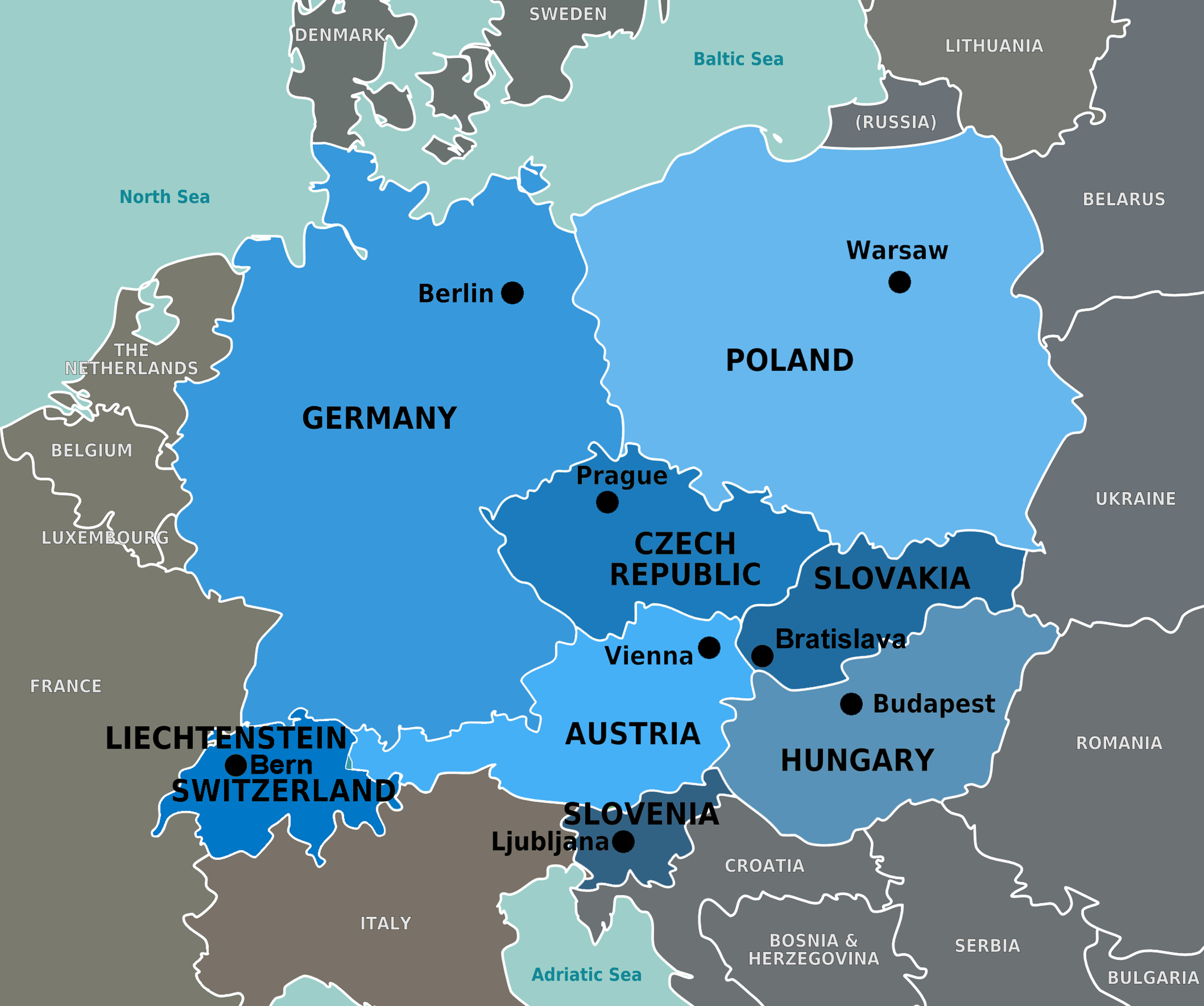Proximity and Efficiency: Central Europe Becomes a Hub for Bike Production
The bicycle and e-bike industry is undergoing a transformative shift in 2025, with Central Europe (C
WięcejXtreme Fitness Gyms Targets Dominance in Eastern European Fitness Market
Polish fitness franchise Xtreme Fitness Gyms is making waves in the fitness industry, celebrating th
WięcejAdidas Expands Presence in Switzerland with Zurich Branch
Adidas, the global sporting goods powerhouse, is strengthening its foothold in Central Europe (CE) b
WięcejPolish Brand 4F Becomes Official Technical Supplier for National Volleyball Teams
Polish sportswear brand 4F has announced a landmark partnership, becoming the official technical sup
WięcejFriction Labs Joins Crag Sport Portfolio: A New Business Partner for Climbers in Central Europe
Krakow-based Crag Sport, a recognized expert in business development in Central Europe (CE), has exp
Więcej
CeSport to Twój najlepszy partner w wyszukiwaniu kontrahentów z branży sportowej w regionie Europy Środkowo-Wschodniej
Growth Potential in Central Europe's Fitness Industry
 2024-11-22
źródło own
2024-11-22
źródło own
The fitness industry in Central Europe (CE) is poised for significant growth, with countries like Poland, the Czech Republic, Hungary, Slovakia, Croatia, and Slovenia offering immense opportunities. Although these nations currently have lower gym membership rates than their Western European counterparts, rising fitness awareness, urbanization, and lifestyle changes signal a promising future.
Current Market Overview
- Germany: Approximately 14% of the population holds gym memberships, reflecting a mature and well-established fitness culture.
- Austria: The gym membership penetration rate is around 12.7%, showcasing strong participation within the CE region.
- Switzerland: Leading Europe with 14.9%, Switzerland exemplifies a thriving fitness industry driven by high disposable incomes and a strong health-conscious population.
- Poland: Around 8% of Poles are gym members, indicating steady growth in fitness engagement but with significant room to catch up with markets like Austria.
- Czech Republic: With only 4.2% penetration, the Czech market presents opportunities for expansion, particularly in urban centers.
- Hungary: At 2.8%, Hungary shows moderate interest in fitness but highlights untapped potential.
- Slovenia: A gym membership rate of 5.5% signals growing awareness of fitness culture.
- Croatia: About 4.5% of the population are gym members, reflecting emerging fitness trends.
- Slovakia: With a penetration rate of 3.5%, Slovakia has clear opportunities for fitness industry expansion.
Growth Projections for Central Europe
Poland: Leading the CE Fitness Boom
Poland is uniquely positioned to grow its gym membership rate from 8% to match Austria’s 12.7% within the next 5–8 years. Major urban centers like Warsaw, Kraków, and Wrocław already show higher engagement, and expanding facilities to smaller cities can accelerate this trend. With increased investment in fitness education and infrastructure, Poland could become a regional leader in fitness culture.
Czech Republic and Hungary: Closing the Gap
Both countries have considerable room to grow. The Czech Republic (4.2%) and Hungary (2.8%) could approach the CE average target of 10% over the next 5–8 years. Investments in affordable gyms, boutique studios, and partnerships with government health initiatives could drive participation rates.
Slovakia, Slovenia, and Croatia: Emerging Players
Slovakia (3.5%), Slovenia (5.5%), and Croatia (4.5%) are poised for steady growth, with potential to reach the 10% benchmark. Factors such as increased tourism, wellness initiatives, and corporate fitness programs are likely to stimulate demand. Targeted strategies, including partnerships with fitness influencers and health campaigns, could further boost participation.
Western Europe’s Established Fitness Markets
Western Europe provides benchmarks for what CE countries can aspire to:
- Germany: With a 14% gym membership rate, Germany demonstrates the impact of strong fitness chains, innovative technology, and well-funded health awareness campaigns.
- Austria: At 12.7%, Austria highlights the importance of urban fitness hubs and premium gym facilities.
- Switzerland: With a leading rate of 14.9%, Switzerland emphasizes the role of disposable income, premium fitness services, and strong health-conscious demographics.
Key Drivers of Growth in CE Fitness Markets
- Urbanization: Urban centers are hubs for fitness engagement, with better infrastructure and higher disposable incomes.
- Government Health Campaigns: Promoting fitness as a key to public health is critical for growth.
- Technology Integration: Wearable tech, fitness apps, and online training programs are making fitness more accessible.
- Expansion of Fitness Chains: The entry of global brands and the growth of regional chains are vital to increasing gym access.
- Tourism and Wellness Trends: Croatia and Slovenia, in particular, can leverage tourism to promote fitness services.
5–8 Year Outlook
With strategic investments and focused marketing, the fitness industry in Central Europe could see:
- Poland: Reaching Austria’s 12.7% rate, driven by urban centers and improved accessibility.
- Other CE Markets: Approaching an average of 10% gym membership penetration, in line with regional growth trends.
- Western Benchmarks: Austria and Germany serve as aspirational models for what CE countries can achieve with sustained effort.
The CE region offers a fertile ground for growth, making it a lucrative market for fitness entrepreneurs, investors, and global gym chains. By leveraging local trends and adopting innovative approaches, the region can rapidly close the gap with Western Europe.









